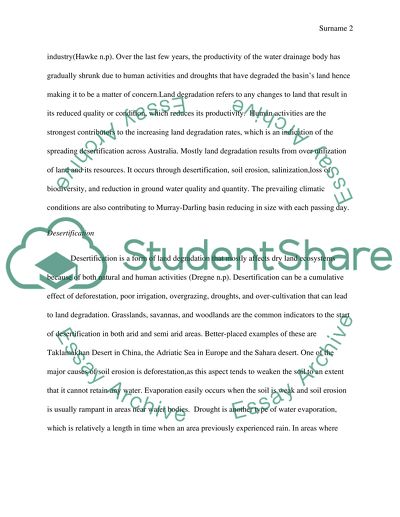Cite this document
(“Effects of Land Degradation in the Murray-Darling Basin Research Paper”, n.d.)
Retrieved from https://studentshare.org/environmental-studies/1701294-effects-of-land-degradation-in-the-murray-darlingbasin
Retrieved from https://studentshare.org/environmental-studies/1701294-effects-of-land-degradation-in-the-murray-darlingbasin
(Effects of Land Degradation in the Murray-Darling Basin Research Paper)
https://studentshare.org/environmental-studies/1701294-effects-of-land-degradation-in-the-murray-darlingbasin.
https://studentshare.org/environmental-studies/1701294-effects-of-land-degradation-in-the-murray-darlingbasin.
“Effects of Land Degradation in the Murray-Darling Basin Research Paper”, n.d. https://studentshare.org/environmental-studies/1701294-effects-of-land-degradation-in-the-murray-darlingbasin.


